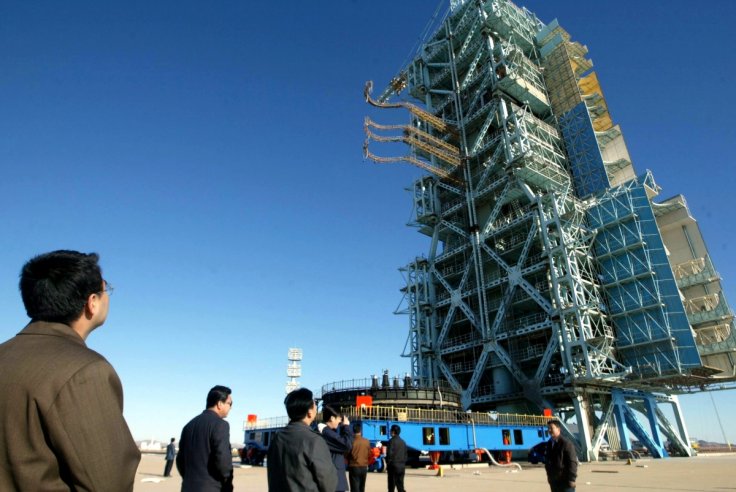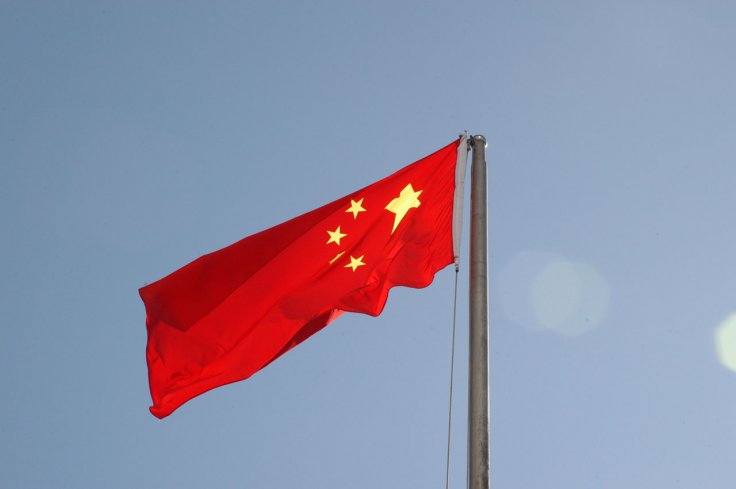China is planning to launch an unmanned spacecraft to the moon to shovel and bring back lunar rocks in a first attempt by any nation in more than four decades. The spacecraft could be launched as early as Tuesday and if successful, could pose as a major rival to NASA that has led in space program race for decades now.
The mission, Chang'e-5, is China biggest and most ambitious space program till date and aims to culminate with the launch of an international lunar research station and a human colony on the moon by 2030. The last time rocks and soil were brought from the moon was in the 1970s during the Apollo landings along with missions by the then Soviet Union's Luna robotic landers, ending with Luna 24 in 1976.
China's Big Plans

Chang'e-5, named after the ancient Chinese goddess of the moon, will try and collect material including soil and rocks that can aid scientists in understanding more about the moon's formation and origins. The mission will also be a major challenge for China, ahead of more complex missions.
The spacecraft is expected to launch from Wenchang Space Launch Center on Hainan Island, China, early Tuesday local time, which will be about 3:25 pm ET on Monday, according to Space Launch Now, a site that tracks rocket launches around the world.
In January 2019, China successfully landed a spacecraft on the far side of the moon, something that hasn't been done before. If successful, it will make China only the third country to have retrieved lunar samples, following the United States and the Soviet Union decades ago.
Tons of Lunar Rocks to be Brought

The mission is aimed at collecting around 4 pounds of rocks, soil and other material from an unexplored region on the moon's surface over a period of one day, equivalent to around 14 Earth days, according to science journal Nature. Majority of the samples collected will be preserved in Chinese Academy of Sciences National Astronomical Observatory of China in Beijing.
China hasn't said anything if a portion of the samples will be moved out of the country for outside research. The lunar rocks and soil will help scientists in understanding if volcanoes on moon were active billions of years ago than previously thought. According to NASA, the samples will be returned to Earth by parachuting into the Siziwang Banner grassland of the autonomous region of Inner Mongolia in China sometime in early December.
China, Big Challenge for NASA

Although NASA has applauded the mission, it definitely will also give NASA a run for their money, which so far has dominated the space program. "This is a really audacious mission," said David S Draper, the deputy chief scientist at NASA. "They're going to move the ball down the field in a big way with respect to understanding a lot of things that are important about lunar history."
The moon has generated renew interest over the past couple of decades since the discovery of frozen water in shadowed craters in the Polar Regions. This has seen many countries attempting to return to the moon.
NASA too has goal to send astronauts on new moon landings in the coming years but China which so long had kept its recent mission a secret has posed a new challenge for NASA. If successful, China is likely to become the biggest rival for the United States and Russia.
China has shown major advancements alongside countries like India and Israel in their space missions in this century. Although China launched its space program in 1964, its first major success came only in this millennium when it put its robotic spacecraft Chang'e-3 on the surface of the moon in December 2013.
Chang'e-4 became the first spacecraft to land on the far side of the moon in January 2019, while Chang'e-4 is still roving and studying lunar geology. However, this time China seems to have taken a bigger leap that could pose as a potential threat to NASA.








